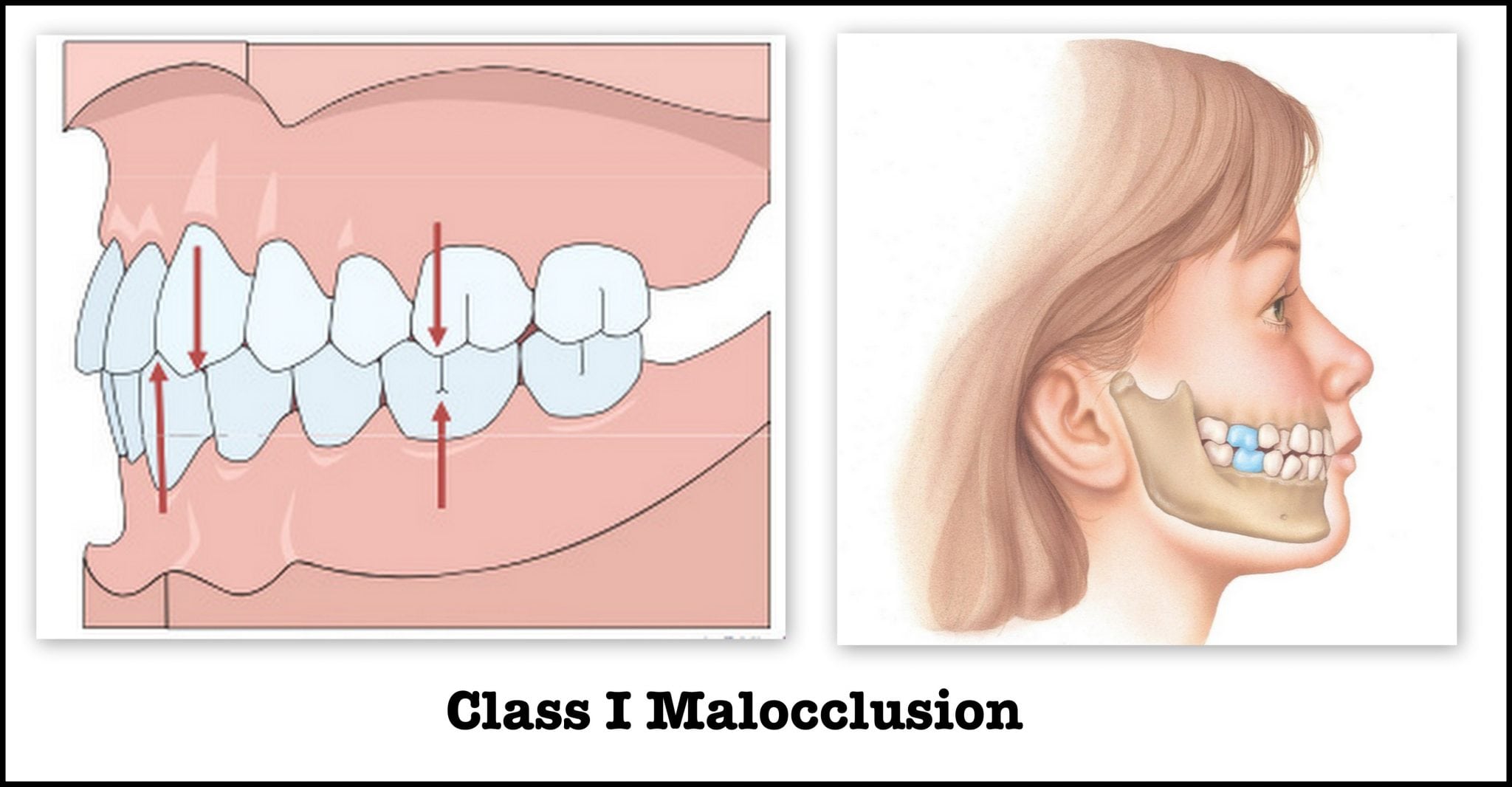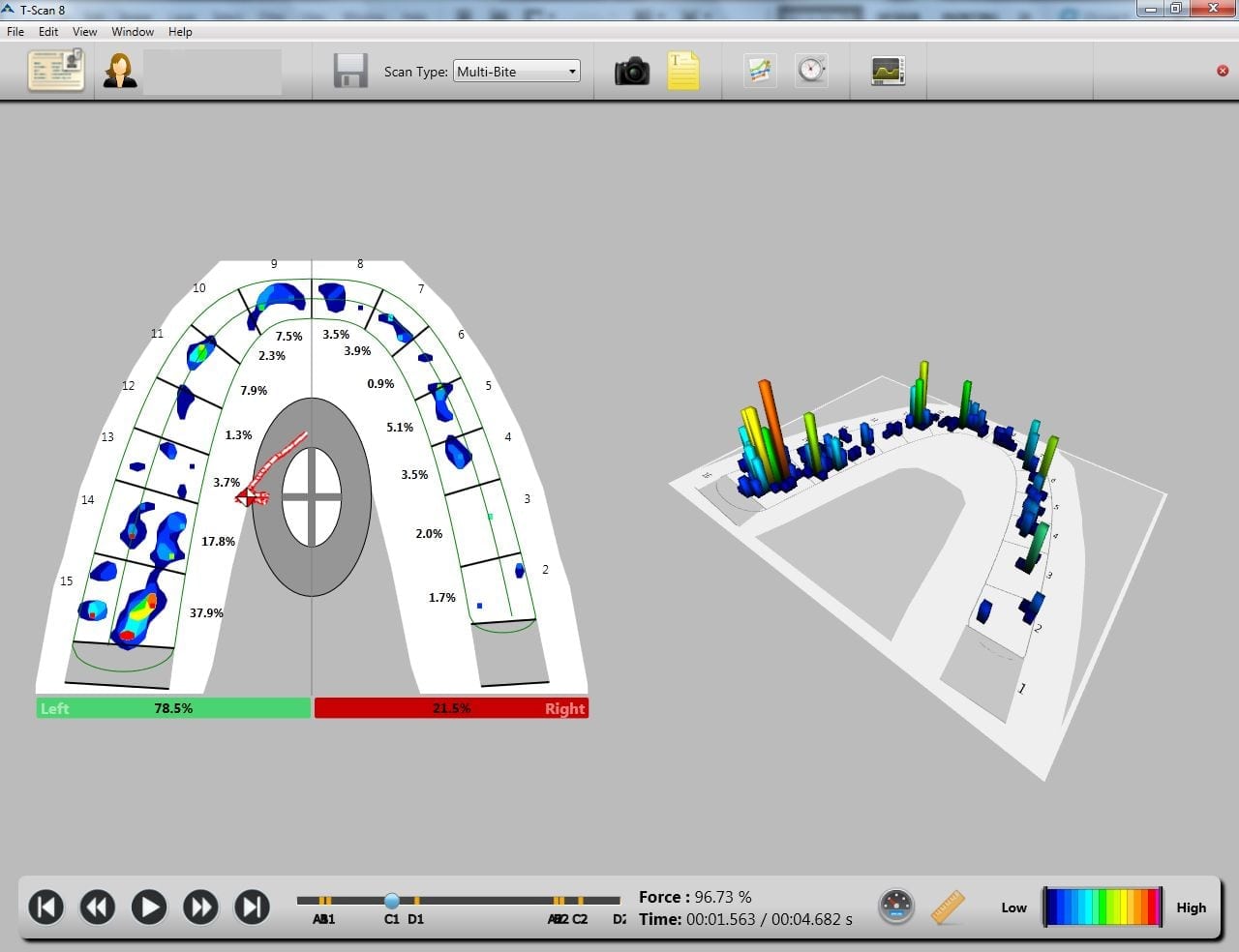


- Does Your Jaw Crack or Pop?
- Do You Suffer with Morning or Night Time Headaches?
- Do You Have Jaw Joint or Facial Discomfort?
Jaw pain, frequent headaches and difficulty chewing can be the symptoms of a bite disorder, commonly referred to as “TMJ”. The TMJ (temporomandibular joint or jaw joint) is one of the hardest-working joints in your body. It is composed of two hinge joints where your lower jaw (mandible) meets your “temporal” skull bone immediately in front of the ear on each side of your head.
“TMJ” is the commonly used term to describe a set of symptoms related to a discrepancy, or dysfunction, in the temporomandibular joint. Tension in the jaw joint, or TMJ, often lead to recurrent headaches, jaw pain, ear and neck pain and difficulty chewing properly. These symptoms can disrupt the daily life for many patients and are a sign that something is not functioning correctly.
TMJ Causes and Symptoms
There are several internal and external causes of temporomandibular joint disorder including:
- Arthritis
- Grinding and clenching of teeth
- Head or neck trauma
- Misalignment or the upper and lower jaws
- Missing teeth
TMJ disorders can are often go untreated as many headache symptoms caused by TMJ are often misdiagnosed and misunderstood. Jaw or neck pain, chronic headaches, migraines, vertigo and tinnitus are a few of these symptoms. sophisticated software to guide an adjustment of your bite. Other more obvious dental symptoms can include:
- Clicking or popping noises when opening the mouth
- Difficulty chewing
- Limited ability to open the mouth wide
- Swelling on one or both sides of the face
- Uncomfortable bite

Correct Bite Relation
Dr. Kaviani has extensive training and experience in evaluating and improving the harmony of a patient’s bite. correctly aligned bite is an important base for a healthy mouth. Aligned bite doesn’t necessarily mean straight teeth. In Dentistry, the way your teeth and jaws relate in function is referred to as your occlusion. In a healthy bite relationship, your teeth should fit comfortably together while the lower jaw is evenly centred in the joints on both sides of your skull.
When you bite down, as many of your back teeth as possible should touch. This allows the force of your bite to be directed in the least destructive direction to the areas that are most resistant to stress.
An additional requirement for a healthy bite is that your back teeth should come apart when your front teeth come in contact with each other. This relationship helps to protect the teeth by counteracting excessive forces from being applied.
Diagnosing TMD with Kois analyser and Deprogrammer
The deprogrammer is a short-term removable appliance that erases the muscle’s memory of how the mouth closes and how the teeth originally fit together.
By removing the teeth from the joint function equation, it allows the jaw to close in its ideal, physiologic position, therefore diagnosing the issue. Based on the results of the deprogrammer, long-term treatment options will be discussed.
Once a Bite Diagnosis is Established
Treatment options may include adjusting the bite, restoring you to your best bite by changing the shape of your restorations, or orthodontic treatment. The goal of treatment is to make you comfortable and pain-free and prevent further damage to the TMD or teeth.
If you are suffering from frequent headaches, grinding or clenching of teeth, or jaw pain, call our patient care coordinator. Yvonne on 01772 - 726932 to schedule a consultation with Dr. Kaviani for bite evaluation and TMJ analysis.
